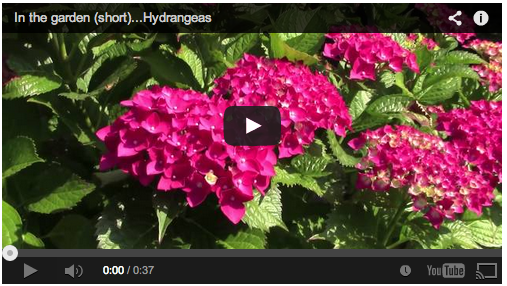Garden Alphabet: Rudbeckia
I always love the exhurbence of Rudbeckia or “black-eyed susan” as they are commonly called. They seem to explode with joy and color and always turn their faces to the sun. This makes them really easy to photograph in most cases, as they seem to glow in the sunlight. Their dark centers show off their lovely golden petals in contrast with one another.
Rudbeckia
“Rudbeckia /rʌdˈbɛkiə/[1] is a plant genus of 23 species in the family Asteraceae.[2] The species are commonly called coneflowers and black-eyed-susans; all are native to North America and many species are cultivated in gardens for their showy yellow or gold flower heads.
The species are herbaceous, mostly perennial plants (some annual or biennial) growing to 0.5–3 m tall, with simple or branched stems. Theleaves are spirally arranged, entire to deeply lobed, 5–25 cm long. The flowers are produced in daisy-like inflorescences, with yellow or orange florets arranged in a prominent, cone-shaped head; “cone-shaped” because the ray florets tend to point out and down (are decumbent) as the flower head opens.” . — Wikipedia.org
Previously in Garden Alphabet:
- Acanthus
- Amaryllis
- Banana
- Bonsai
- Bougainvillea
- Brugmansia
- California Poppy (Eschscholzia californica)
- Calla Lily (Zantedeschia aethiopica)
- Castor Bean (Ricinus)
- Caltapa
- Datura
- Japanese Cherry (Prunus serrulata)
- Daffodil (Narcissus)
- Dietes (Fortnight Lily)
- Dudleya
- Ecualyptus
- Freesia
- Iris
- Kniphofia “Red Hot Poker”
- Lantana
- Magnolia x soulangeana (Saucer Magnolia/Tulip Tree)
- Morning Glory (Convolvulaceae)
- Nandina
- Orange
- Orchid from the Southern California Spring Garden Show 2013
- Oriental Poppy (Papaver orientale)
- Paperwhites
- Salvia
- Squirrel
- Succulents
- Sweet Potato (Ipomoea batatas)
- Water Lily (Nymphaeaceae)



